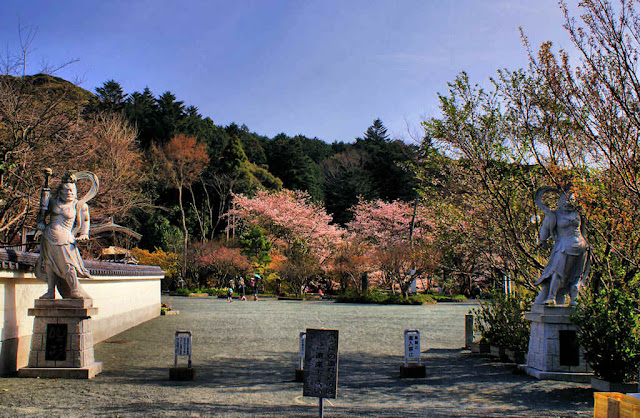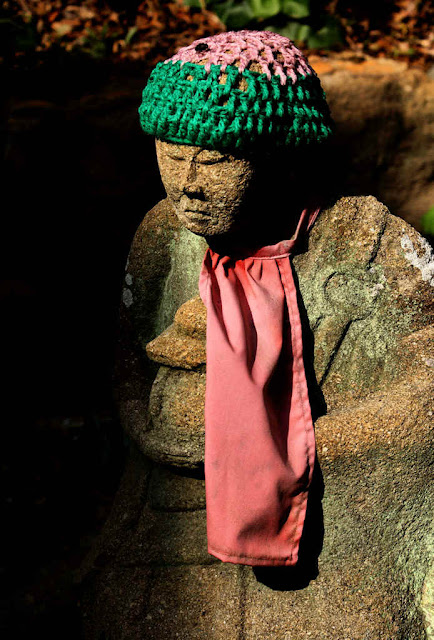Showing posts with label fukuoka. Show all posts
Showing posts with label fukuoka. Show all posts
Friday, January 3, 2025
Unome Inari Atago Inari Shrine
Sunday, December 29, 2024
Views from Fukuoka Mount Atago
Monday, December 16, 2024
Hozo-in Temple 84 Kyushu Pilgrimage
This was the final day of my 77 day walk along the pilgrimage and just needed this short ten kilometers section through Mrinohama to finish. The previous post was on temple 108 I visited yesterday.
Labels:
Fudo Myojin,
fukuoka,
kannon,
kyushu108,
temple
Thursday, December 12, 2024
Chinkokuji Okunoin Temple 108 Kyushu Pilgrimage
BUT!!!!!... on yesterdays walk I missed the last ten kilometers as I came into Fukuoka City from the south, and that includes two pilgrimage temples, so tomorrow I must go and do that section.
Labels:
fukuoka,
kobo daishi,
kyushu108,
temple
Tuesday, December 10, 2024
Chinkokuji Temple 88 Kyushu Pilgrimage
Chinkokuji, the 88th temple on the Shingon Kyushu Pilgrimage lies just across the river from the Munakata Taisha shrine in northern Fukuoka.
Labels:
Fudo Myojin,
fukuoka,
kobo daishi,
kyushu108,
nio,
temple
Friday, December 6, 2024
Munakata Taisha
The three kami are sisters, Ichikishimahime, the youngest, here, Tagitsuhime on Oshima, and Tagorihime, the oldest, on Okinoshima.
The three sisters were created by the siblings Susano and Amaterasu. The male children created were attributed to Amaterasu and include the mythical lineage of the imperial family. The three females were given to Susano, though some with a nationalistic bent claim them also for Amaterasu, forgetting that to do so would put the imperial lineage under Susano....
The ancient Munakata Clan were obviously powerful players in the introduction of technology and culture from the Korean Peninsula and mainland China.
Labels:
fukuoka,
ichikishimahime,
koi,
komainu,
kyushu108,
munakata,
Sakura,
Shrine,
tagitsuhime,
tagorihime,
takiribime
Subscribe to:
Posts (Atom)


































































